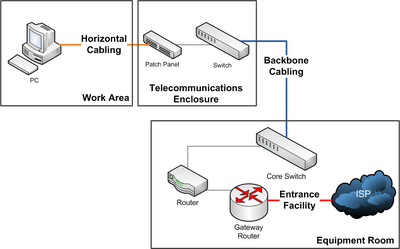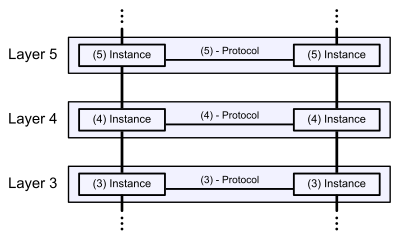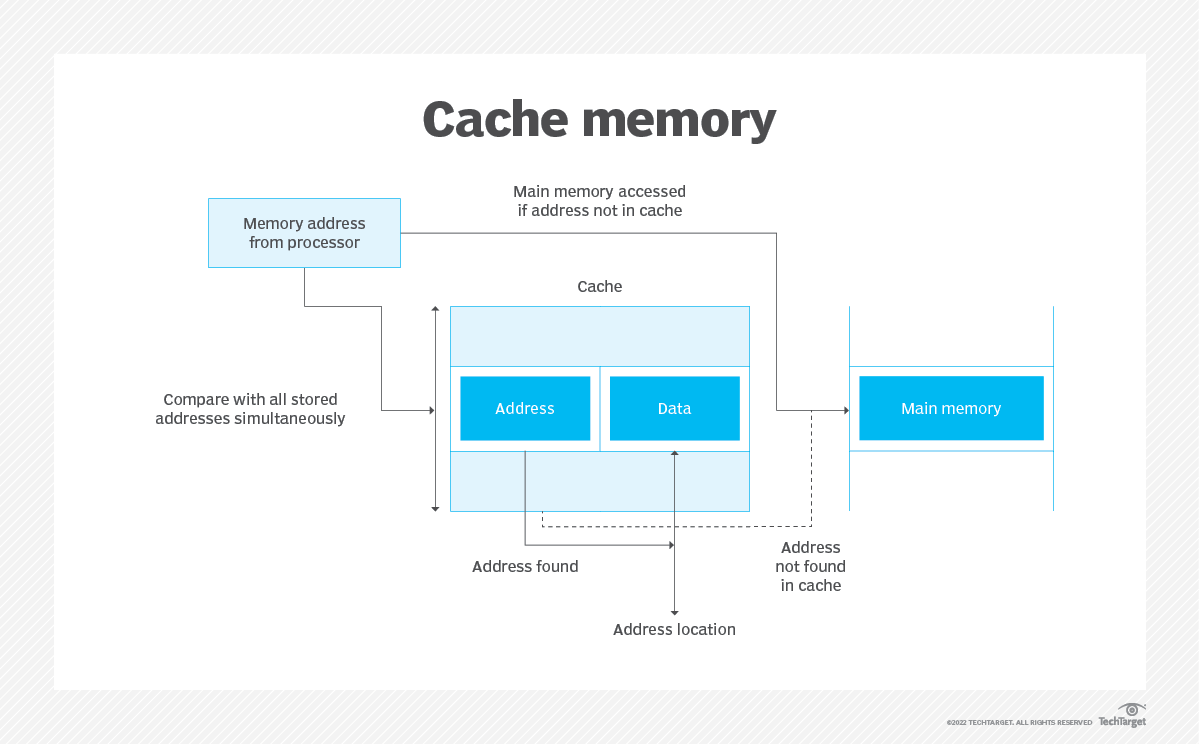Other types of gadgets include Web gadgets and SideShow gadgets. Web gadgets can be placed on Web pages, while SideShow gadgets run on mobile phones, digital picture frames, and other devices.
If you install a user-level Windows gadget, the installation files are placed in the following directory:
[user]\AppData\Local\Microsoft\Windows Sidebar\Gadgets\
The default Windows gadgets are installed to the following directories:
C:\Program Files\Windows Sidebar\Shared Gadgets\
C:\Program Files\Windows Sidebar\Gadgets\
Formerly, gadgets could be downloaded from the Windows Live Gallery, but Microsoft discontinued the gallery service.
NOTE: Since GADGET files are stored in a .ZIP format, you can rename their file extension to ".zip" and open them with any Zip-compatible decompression utility.
Program(s) that open .GADGET files
 Windows Windows |




























